Popular on Food52
Continue After Advertisement
16 Comments
AntoniaJames
July 2, 2014
Is a Mauviel copper jamming kettle "non-reactive" and if not, can you provide guidance on what it can and cannot be used for? For example, I recently discovered a spectacular plum + Pinot Noir jam recipe from Paul Virant's "Preservation Kitchen." (The recipe, which I used last summer, is actually for yellow plum + Riesling, but Virant recommends the darker variation in his headnote.) Can that be made in a an unlined copper jamming kettle? Thanks so much. ;o)
MrsWheelbarrow
July 2, 2014
Hi AJ,
Copper is reactive, so should be used only for fruit jams and jellies, fruits in syrup, conserves and confectionary (it's fabulous for caramel and chocolate), but not for brining pickles, chutneys, or other high acid foods. Copper doesn't transfer a metallic taste, per se, but highly acidic foods can pit the surface. Never cook tomatoes in your beautiful, enviable ! Copper jam pot.
Copper is reactive, so should be used only for fruit jams and jellies, fruits in syrup, conserves and confectionary (it's fabulous for caramel and chocolate), but not for brining pickles, chutneys, or other high acid foods. Copper doesn't transfer a metallic taste, per se, but highly acidic foods can pit the surface. Never cook tomatoes in your beautiful, enviable ! Copper jam pot.
AntoniaJames
July 2, 2014
Thanks for the prompt reply! So a bottle of pinot noir + rather tart plums + not very much sugar is not too acidic? My blueberries are also rather acidic. Even with the sugar I add to make a light syrup for canning, the berries shine the pan up brilliantly where have been, which makes me wonder if the reaction is something about which one should be concerned. ;o)
MrsWheelbarrow
July 2, 2014
I don't exactly know where to draw the line, but have decided for my copper ware, to make only jams and jellies. The wine would make me nervous, but I have no proof to back up my gut feeling. The lemon juice in the blueberry syrup shines the pan!
healthierkitchen
July 2, 2014
Woot woot Mrs. WB! Am thinking of doing some cherries next week the way you showed us at the DC food 52 gathering a few years back!
aargersi
July 2, 2014
Mrs W have you resolved the fading strawberry jam conundrum? So far all I have come up with is eat it quickly ... but would love to make it in the spring and have it be red at Christmas ...
aargersi
July 2, 2014
So when I make / can the jam, it's beautiful and red like it should be. Then always over the course of say 2 months it fades to a very un-yummy sort of gray dirty socks color. I did some searching on line and found others with this problem but no solutions other than food dye (I don't wanna do that) - and it still smells and tastes like strawberry jam. Very ugly strawberry jam.
MrsWheelbarrow
July 2, 2014
Here are the things that come immediately to mind. Do you store the jam in a closet or in a lit area? Sunlight will fade preserved foods. Do you use lemon juice? For every three pounds fruit, use a good 2 Tablespoons of lemon juice to keep jam from oxidizing. not Meyer lemon, btw, but Eureka lemon. You could try citric acid in place of the lemon juice (1/4 tsp). I'm guessing you do these things.... So you might try adding fruit fresh (TM) to your jam mixture (or two crushed vitamin C tablets) or adding dried strawberries, about 10 oz to every two pounds of fruit, to get that red door to stay. Let me know!
aargersi
July 2, 2014
Thanks! I do use lemon and store in a dark place - I think I will try fruit fresh AND dried strawberries and see if that helps!
Leah
July 2, 2014
I have a giant pressure cooker (aluminum) that I've used in the past, I like the idea of switching to stainless steel but how do you note the pressure for canning?
MrsWheelbarrow
July 2, 2014
Hi Leah, pressure canners and pressure cookers are not necessarily the same thing. I recommend looking up your pot on the internet and downloading the instructions. Pressure canning recipes will all have the pressure and time noted.
Leah
July 2, 2014
Sorry if my question was confusing, what I meant was, if I buy that 21 qt stainless steel canning kettle you mentioned, it didn't look like it has a dial to tell you what the pressure is inside it, so how could you follow specific pressure instructions?
MrsWheelbarrow
July 2, 2014
That large pot s nt a pressure canner, just a great big amd very useful pot.
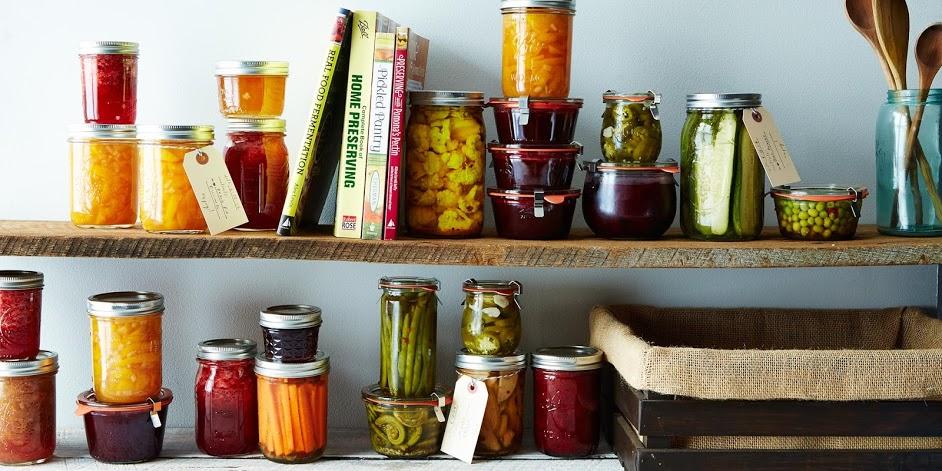
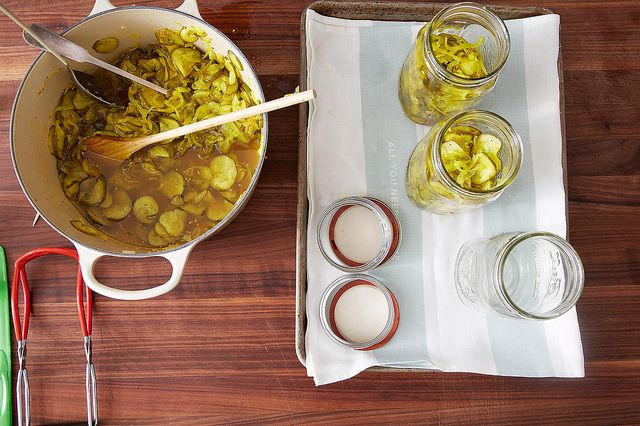
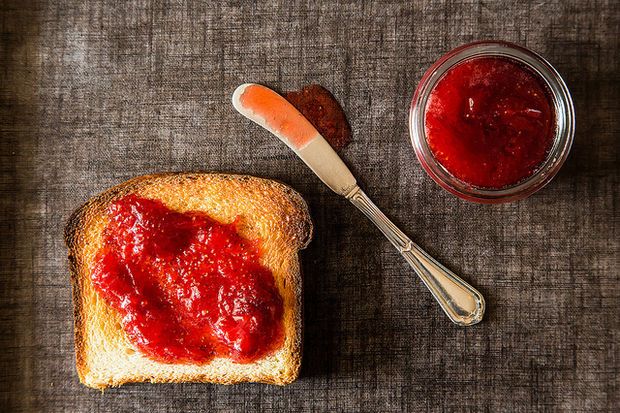
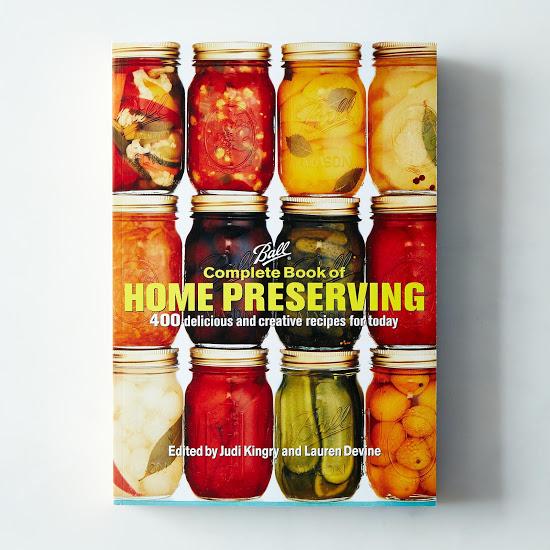

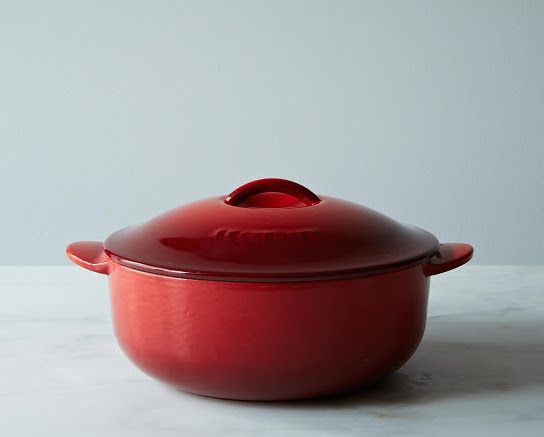
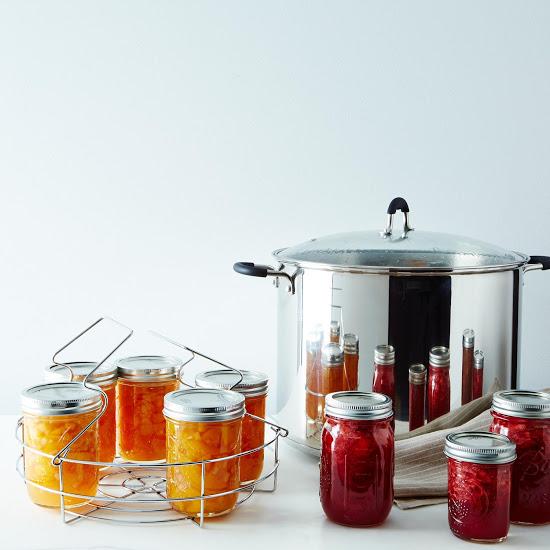
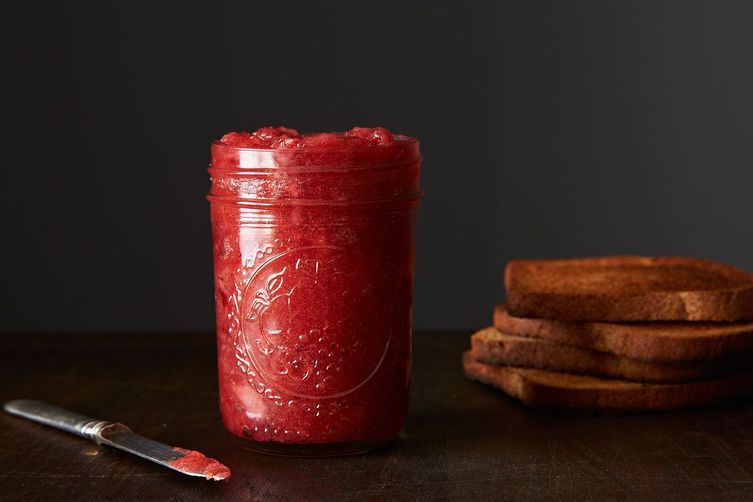
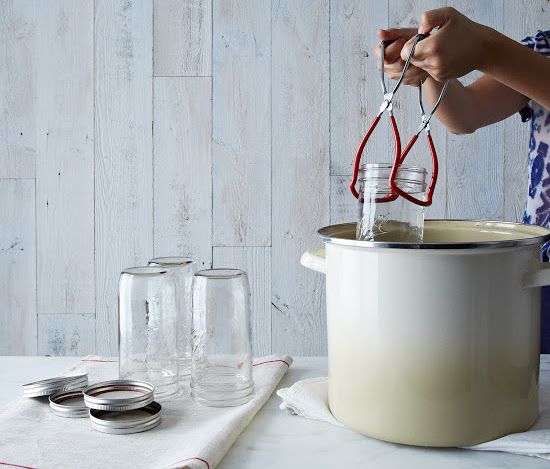
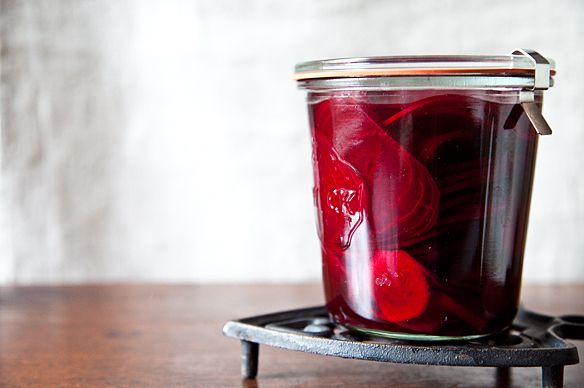


See what other Food52 readers are saying.